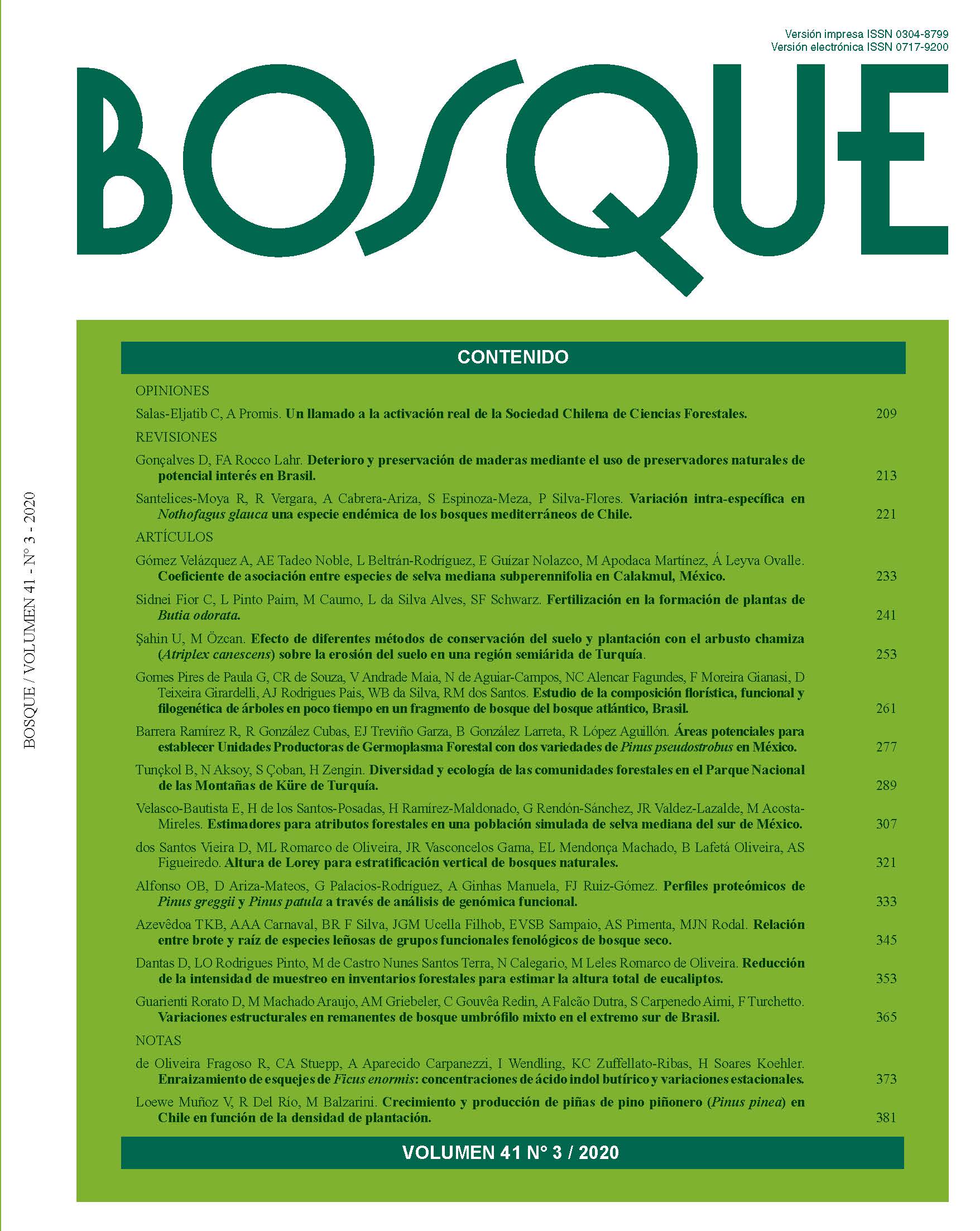Study of the floristic, functional and phylogenetic composition of trees in a short time in a forest fragment of the Atlantic Forest, Brazil
Main Article Content
Abstract
Discrete thresholds of structural or functional decline of a vegetation type are not readily apparent, as a vegetation type can slowly decline leading to transformations in its species composition and weakened or altered functions. However, forest monitoring can be used to assess changes in ecological functions in community structure and functional and phylogenetic composition of species. This study evaluated the existence of temporal variations in the functional and phylogenetic composition of a tree community, the occurrence of heterogeneity in the behavior of phylogenetic and functional variations, and how this possible heterogeneity influences the functional and phylogenetic variations under the aspect of environmental variations and by demographic ecological processes. Results detected quantitative and qualitative changes throughout the community, such as colonization, local extinctions, in demography and biomass, and increased evolutionary distinction, lower wood density species and phylogenetic clustering. These results have shown us that the natural changes of a community should not be underestimated, because the disappearance of a community can not only occur by the direct elimination of vegetation, but can be incremental with gradual changes in its functional characteristics and species composition, transforming itself into a new community with a new combination of species and new functions.

